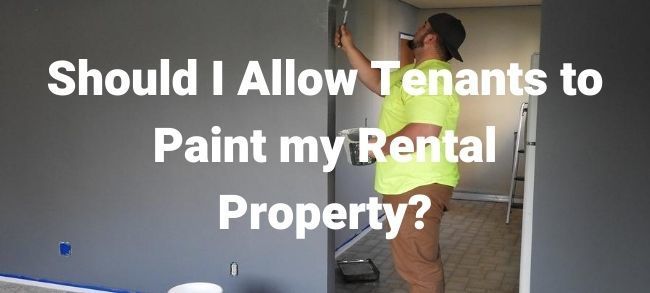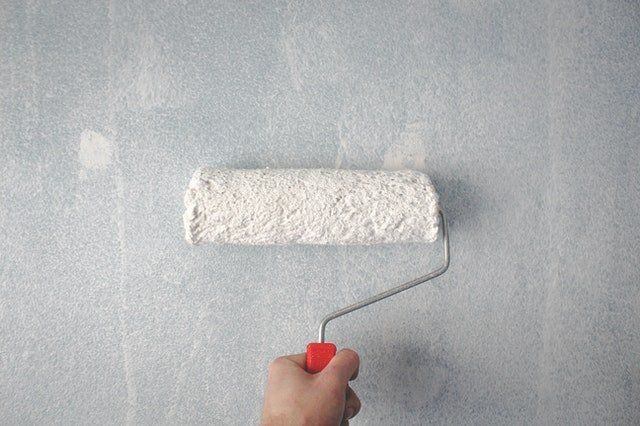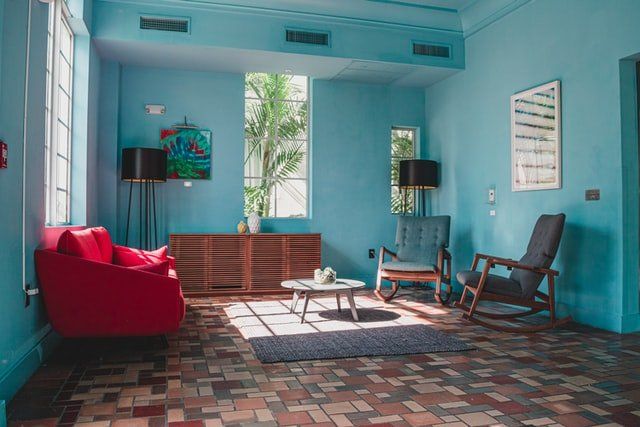Should I Allow Tenants to Paint my Rental Property?
What can you do when a tenant wants to paint your rental?
The most likely scenario is that your tenant will propose to paint the rental instead of asking you to do it. The request may come with an offer to pay for all the tools and paint out of their own pocket.
As a landlord, you will have a few paths that you can take when facing such a scenario. Here's what you can do:
Say Yes
The easiest approach is just saying yes. But that positive response carries quite a few risks. For starters, you'll never know how the result will look. If your tenant doesn't have much experience in interior painting, the results may be a bit messy.
Even though there are risks involved, sometimes just agreeing to their proposal makes sense for you as a landlord. For example, if tenant has strong potential for stable, long-term tenancy.
In a similar vein, you may have fought hard to find that tenant. If the market is dry, you may want to keep your renter around so that you don’t risk a vacant unit.
It's still recommended that you go over the details with your tenant. Try to understand what they are exactly aiming to achieve and what kind of color scheme they are going for. Doing this could give you peace of mind.
Say Yes & State Your Terms
Another option is to allow your tenant to paint the rental but attaching some conditions that they need to keep in mind. This will keep things under control while still letting them do what they want.
There are many conditions you can state. You could clearly establish what areas and rooms of the rental aren't suitable for painting. For instance, it makes a lot of sense to prohibit the painting of woodwork and natural stone.
Similarly, if it's legal in your town, you could charge a repainting fee. This fee would cover any of the associated expenses of removing their paint and applying a fresh coat after their lease ends.
One of the most common demands agreement on the particular colors that are going to be used in your rental. You don't want colors clashing in a way that lowers the aesthetic appeal of your property.
Say No
Finally, you have every right to disagree with their proposal and say no. There are many ways you can do this, and the more polite approaches yield much better results. This is one of the situations where you can develop your landlord-tenant communication skills.
Some tenants may respond by proposing to install something called a renter's wallpaper. This is a removable wallpaper that shouldn't leave any marks after it's stripped from the walls.
However, allowing a renter's wallpaper could cost you significantly in the long run. The marketing of this product is great, but depending on its quality and manufacturer, it might still leave some unsightly stains.
What if your tenants ask you to repaint the rooms?
There are many scenarios that you could face as a self-managing rental owner. For example, your tenant may ask you to repaint their living spaces a different color.
This is something that you don't have to do. However, keep in mind that your locality could have some requirements regarding the repainting of your rental's walls. In some local areas in the U.S., it's required that you repaint the walls after a fixed time period.
Things are not easy with properties that have lead-containing paint in them. In these cases, your tenants could legally ask you to remove the old lead-based paint and apply a coat of new and safe paint.
But when the entire discussion is based on aesthetics, your renters are likely not going to win the dispute. If they don't like your color scheme, they can just back out of the lease agreement in the first place.
If your tenants have painted the rental without your knowledge, you have the right to deduct the repainting fees from their security deposit. This is exactly the reason why your lease agreement should be comprehensive and cover such violations in a concise way.
The Bottom Line on Tenants Asking to Paint Your Rental Property
This is something that happens to landlords every now and then. In most cases, renters want to buy the products and paint the rental by themselves.
You have a few options:
· You can agree with their proposal or set a few extra conditions. Blindly agreeing can be risky, as you never know what the final result is going to look like. Even their security deposit may not be enough to cover major paint spills that ruin multiple fabrics or areas with expensive woodwork.
· You can politely disagree with the idea. In this case, it's better to be open and communicative, calmly explaining your reasoning behind this decision. You could even offer alternative ways to customize your rental property.












